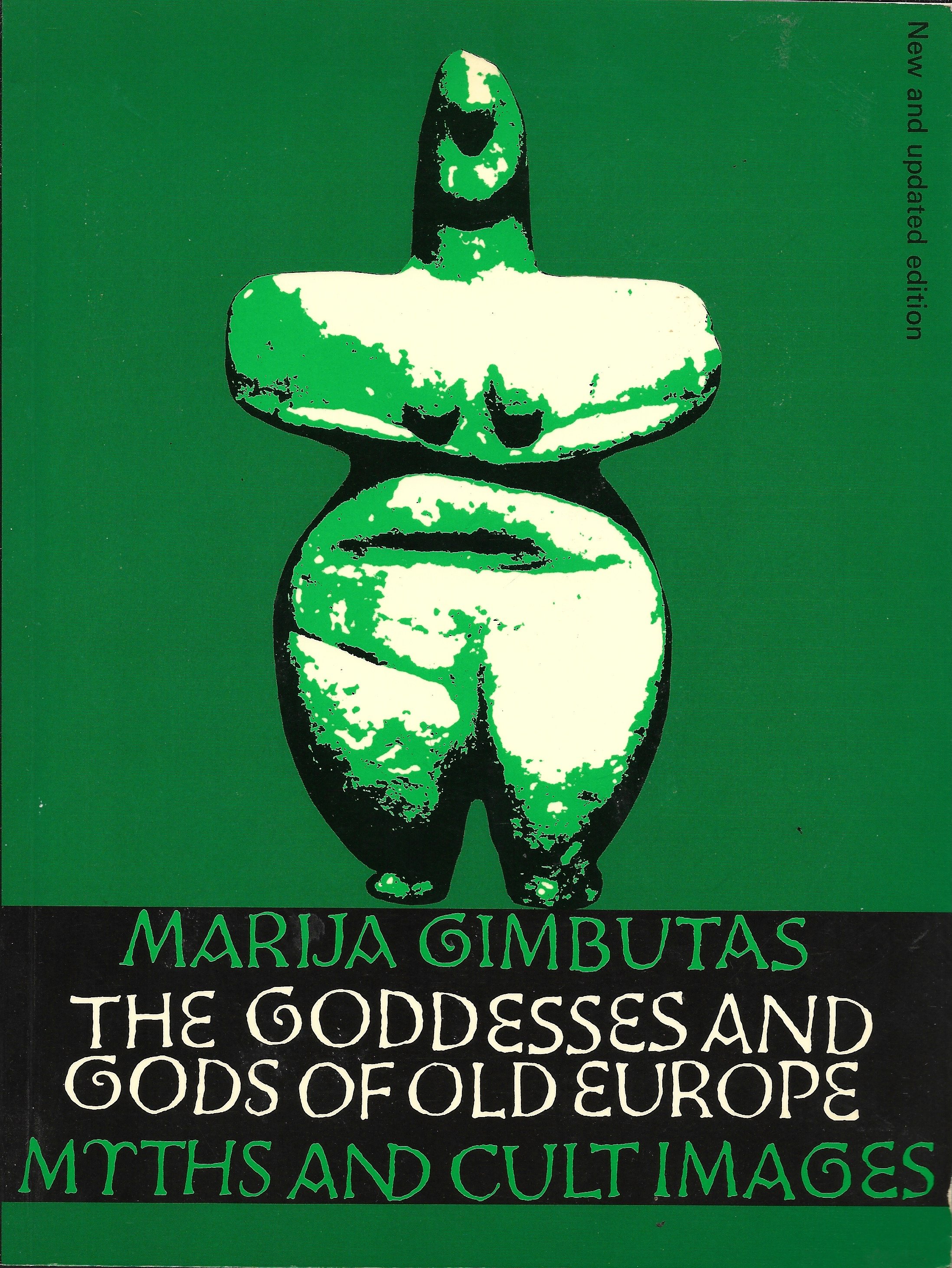 Image 1 of 1
Image 1 of 1


The Goddesses and Gods of Old Europe: Myths and Cult Images, New and Updated Edition
Marija Gimbutas, 1982, UC Berkeley, 0520046552, 304 pages with index, trade paperback.
Very good condition, pages clean, binding tight, cover clean with minimal shelf wear.
European civilization between 6500 and 3500 BC - long before Greek or Judaeo-Christian civilizations flourished - was not a provincial reflection of neighboring Near Eastern cultures but a distinct culture with its own unique identity. The mythical imagery of this matrilinear era tells us much about early humanity's concepts of the cosmos, of human relations with nature, of the complementary roles of male and female. Through study of sculpture, vases, and other cult objects from southeastern Europe, Gimbutas sketches the village culture that evolved there before it was overwhelmed by the patriarchal Indo-Euopreans. The Goddess incarnating the creative principle as a Source and Giver of All, fertility images, mythical animals, and other artifacts are anlyzed for their mythic and social significance in this beautifully illustrated study.
Marija Gimbutas, 1982, UC Berkeley, 0520046552, 304 pages with index, trade paperback.
Very good condition, pages clean, binding tight, cover clean with minimal shelf wear.
European civilization between 6500 and 3500 BC - long before Greek or Judaeo-Christian civilizations flourished - was not a provincial reflection of neighboring Near Eastern cultures but a distinct culture with its own unique identity. The mythical imagery of this matrilinear era tells us much about early humanity's concepts of the cosmos, of human relations with nature, of the complementary roles of male and female. Through study of sculpture, vases, and other cult objects from southeastern Europe, Gimbutas sketches the village culture that evolved there before it was overwhelmed by the patriarchal Indo-Euopreans. The Goddess incarnating the creative principle as a Source and Giver of All, fertility images, mythical animals, and other artifacts are anlyzed for their mythic and social significance in this beautifully illustrated study.